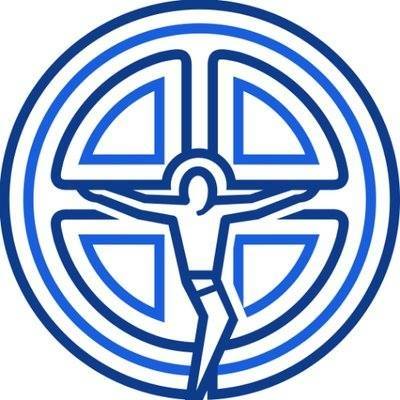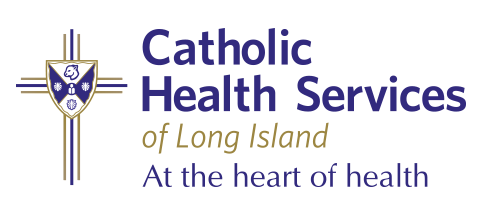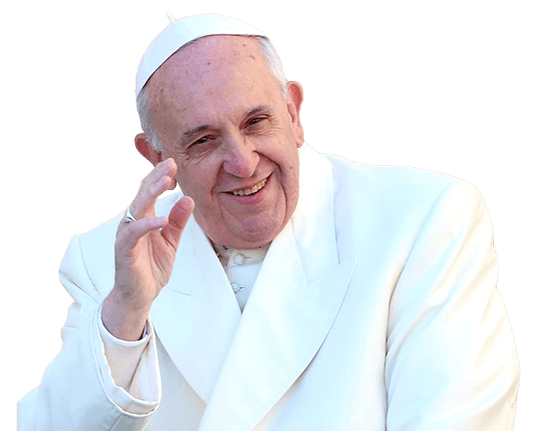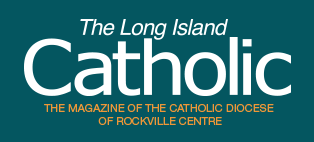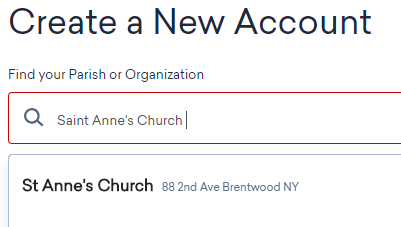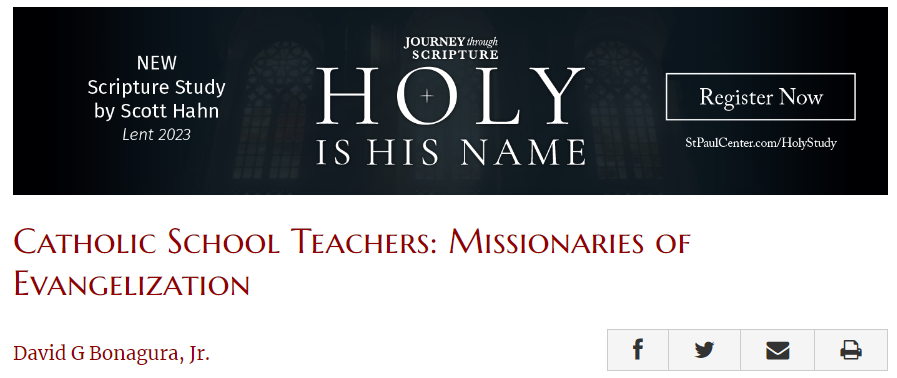“We are all born originals, some in life become photocopies.”
Carlo Acutis was born in London, Britain, on May 3, 1991, to Italian parents, Carlo and Antonia Salzano, who were in the City for work. He was baptized on May 18 at Our Lady of Dolours Church in London. In September 1991, the family returned to Milan. At the age of four, his parents enrolled him in kindergarten, which he attended with great enthusiasm. When the time came for compulsory schooling, he was enrolled at the San Carlo Institute in Milan, a well-known private school. After three months, he was transferred to elementary school at the Tommaseo Institute of the Marcelline Sisters, because it was closer to his home. On June 16, 1998, he received his First Communion, earlier than his usual age, thanks to special permission from his spiritual director, Fr Ilio Carrai, and Archbishop Pasquale Macchi. The celebration took place in the Monastery of the cloistered Romite nuns of the Order of St. Ambrose ad Nemus in Bemaga di Perego (Lecco). The Sacrament of Confirmation, on May 24, 2003, was administered to him in the church of Santa Maria Segreta, by Monsignor Luigi Testore, former secretary of Cardinal Carlo Maria Martini and parish priest of San Marco in Milan.
At the age of fourteen, he went on to classical high school at the Leone XIII Institute in Milan, directed by the Jesuit Fathers, where he fully developed his personality. With a computer engineering student, he began to edit and take care of the website of the Milanese parish of Santa Maria Segreta. Although his studies were particularly demanding, he spontaneously decided to devote part of his time also to preparing children for Confirmation, teaching Catechism in the Parish of Santa Maria Segreta. That same year he designed the new volunteer website for the Leo XIII Institute and promoted and coordinated the creation of the always volunteer spots for many classes as part of a national competition. He spent the entire summer of 2006 designing the website for this project. He also organized the website of the Pontifical Academy Cultorum Martyrum.
One of Carlo's special features was that he loved to spend most of his vacations in Assisi in a family home. Here, in addition to having fun with friends, he learned about St. Francis. From him he learned respect for creation and dedication to the poorest. He thus engaged in a contest of charity on behalf of the needy, the homeless, and out-of-towners, whom he also helped with money saved from his weekly pocket money.
Given Charles' great devotion to Our Lady, he recited the Rosary daily. He consecrated himself to Mary several times to renew his affection for her and to implore her support. He also designed an outline of the Rosary, which he later reproduced with his computer.
In October 2006, he fell ill with leukemia type M3 considered the most aggressive form, at first mistaken for influenza. At first, he was hospitalized at the De Marchi Clinic in Milan, then as the situation worsened, he was transferred to San Gerardo Hospital in Monza, where there is a specialized center for the type of leukemia that had affected him. A few days before his hospitalization, he offered his life to the Lord for the Pope, for the Church, to go straight to heaven.
In that hospital, a priest administered to him the Sacrament of the Anointing of the Sick. Some of the nurses and doctors who followed Charles in those moments remember him with great affection and edification. Brain death occurred on Oct. 11, 2006, his heart stopped beating at 6:45 a.m. on Oct. 12. News of his death spread immediately through his classmates. When the body was brought home, it was a continuous influx of people who went to pay their last respects to him. The funeral was held at the Church of Santa Maria Segreta on October 14, 2006. Charles' body was buried in the family tomb in Ternengo (Biella), then in February 2007 his mortal remains were moved to the municipal cemetery in Assisi to fulfill his wish to remain in the city of St. Francis. Since his death, his reputation for holiness and signs has only increased on every Continent.
On April 5-6, 2019, Charles' mortal remains were moved to the Shrine of the Dispossession, Church of Santa Maria Maggiore, in Assisi. The call for Acutis to be beatified began not long after his death. On 12 October 2012, the sixth anniversary of his death, the Archdiocese of Milan opened the cause for canonization. Pope Francis confirmed the miracle's authenticity in a decree on 21 February 2020, leading to Acutis's beatification. On 1 July 2024, Pope Francis presided at an Ordinary Consistory of Cardinals, which approved the canonization of 15 people, including Blessed Carlo Acutis, to be celebrated during the jubilee year 2025.



